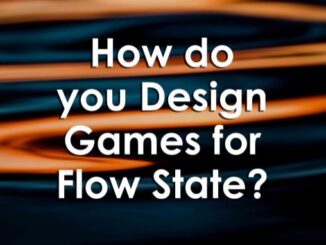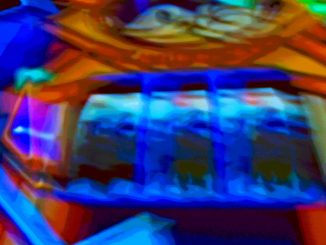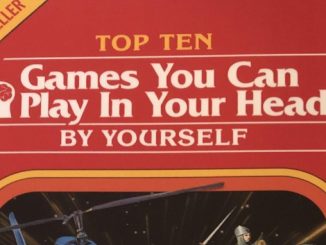
The next big thing: paper planes and bits
Formal education kills team work. Alright, I hope that got your attention. Now let me share my experience with designing serious games to teach students at the University of Economics Krakow (UEK) 21st Century skills […]



































